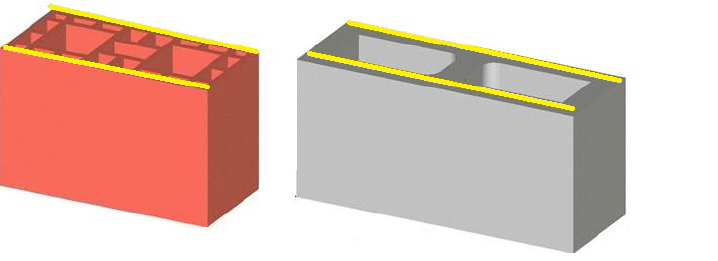1 MSc, PhD student, Federal University of São Carlos, Civil Engineering Dept. ernestofortes@hotmail.com
2 MSc student, University of São Paulo, Civil Construction Dept. michael.santos@fcc.com.br
3 MSc student, University of São Carlos, Civil Engineering Dept. ricluiz@ufscar.br
4 PhD, Professor, Federal University of São Carlos, Civil Engineering Dept. parsekian@ufscar.br
ABSTRACT
The need of rationalization of inputs and processes in civil construction has increased the levels of innovation, stimulating the creation of new methodologies in the masonry industry. The production of masonry is one of the main bottlenecks in the building system, and has been the target of several optimization initiatives. Accordingly, new mortars have emerged in the market with different properties, performance and characteristics in order to improve productivity. Among those are the polymeric-mortars. These mortars are known as “non-cement mortars” which have the great advantage of being supplied in packs “ready-to-use”, without the need for adding water and mixing prior to their application.
The purpose of this study was to analyze and compare the compressive strength of several types of block prisms, built with polymeric mortar, with horizontal joint thickness ranging from 2 to 3 mm, and with traditional cement-lime mortar of 10-mm thickness. The blocks included in the study are: structural clay blocks, and two strengths of structural concrete blocks. The study evaluated the characteristic compressive strength, the elastic modulus and the type of rupture of each masonry type.
A statistical analysis was performed to compare the differences in the results found for each mortar type.
The thin-bed joint, non-cement, mortar prisms presented higher axial compression strength than that of regular mortar joint types. As for the elastic modulus result differences occur only for the higher strength blocks.
The study should be continued in order to analyze differences on actual walls specimens, which could present different results from what was observed in the prism behavior.
KEYWORDS: thin mortar, concrete block, compressive strength, elastic modulus
315.pdf



